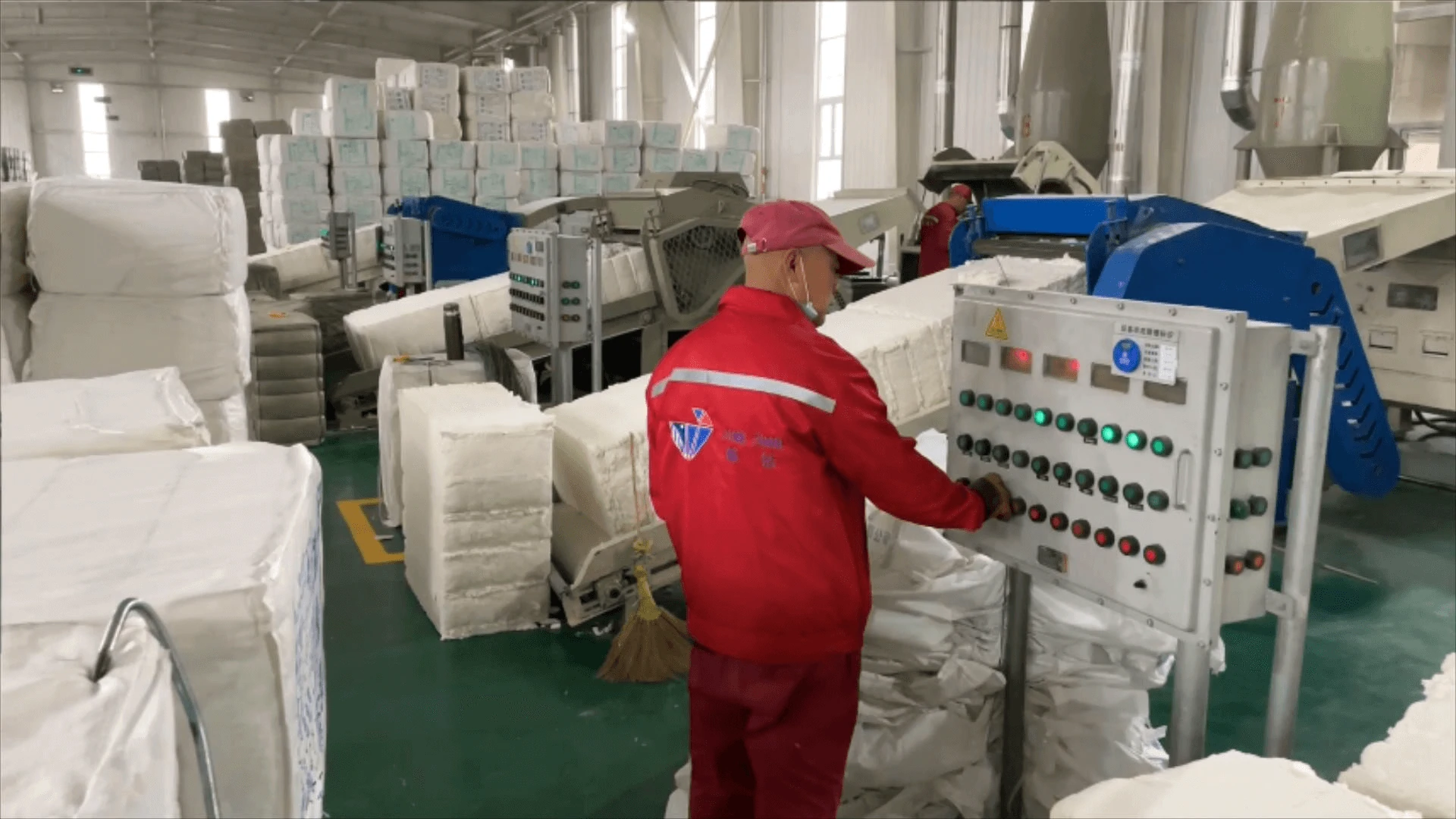
Dec . 12, 2024 10:57 Back to list
hpmc chemical structure
Understanding the Chemical Structure of HPMC
Hydroxypropyl Methylcellulose (HPMC) is a non-ionic cellulose ether that has gained significant attention in various industries, thanks to its versatile chemical structure and properties. It is primarily derived from natural cellulose through a series of chemical reactions, which modify its molecular structure, providing it with unique functionalities suited for numerous applications.
Chemical Structure of HPMC
HPMC is formed by the substitution of hydroxyl groups in the cellulose backbone with hydroxypropyl and methyl groups. The degree of substitution and the molecular weight can vary, resulting in different grades of HPMC, each tailored for specific uses. The chemical structure can be represented as follows
\[ C_nH_{(2n+2-2x)}O_{n-x} \]
Where \( n \) represents the degree of polymerization and \( x \) refers to the number of substitution reactions that have taken place. The hydroxypropyl groups impart hydrophilic properties, while the methyl groups contribute to its hydrophobic characteristics.
Properties and Characteristics
The unique chemical structure of HPMC enables it to exhibit a broad spectrum of properties
1. Solubility HPMC is soluble in cold water, unlike regular cellulose, which is insoluble. This property is due to the presence of hydroxypropyl groups that reduce the intermolecular hydrogen bonding between cellulose chains, allowing them to disperse in water.
2. Thickening Agent When mixed with water, HPMC produces a viscous gel. This thickening ability makes it a valuable ingredient in food products, cosmetics, and pharmaceuticals, improving texture, stability, and consistency.
3. Film-Forming HPMC can form a continuous and flexible film when dried. This characteristic is extensively utilized in coating applications, such as in tablets or as a coating for various food products, enhancing their moisture barrier properties.
hpmc chemical structure

4. Biocompatibility HPMC is considered safe for use in food and pharmaceuticals, making it a preferred choice for drug delivery systems and as a food additive.
Applications of HPMC
Given its versatile properties derived from its unique chemical structure, HPMC is used in various fields
- Pharmaceuticals In the pharmaceutical industry, HPMC serves as a binder, film-former, and controlled-release agent. It provides a matrix for drug release, ensuring a consistent delivery of the active ingredients over time.
- Food Industry As a food additive (E464), HPMC is used to improve texture, viscosity, and stability in products like sauces, dressings, and dairy products. It enhances mouthfeel and prevents ingredient separation.
- Cosmetics In cosmetics, HPMC is employed as a thickening agent and stabilizer in creams, lotions, and gels, contributing to a desirable texture and consistency.
- Construction HPMC finds utility in the construction industry as an additive in mortars and plasters. It improves workability, water retention, and adhesion.
Future Prospects
As we advance towards a more sustainable future, the demand for natural and biodegradable polymers like HPMC is expected to rise. The ability to tailor the chemical structure of HPMC opens avenues for developing customized products that meet specific requirements across industries.
In conclusion, the chemical structure of HPMC, characterized by its unique substitutions and properties, makes it an invaluable compound in various applications. With ongoing research and development, HPMC is poised to play a crucial role in enhancing product formulations and meeting modern consumer demands. Its versatility and effectiveness ensure that HPMC will remain a vital ingredient in many industrial sectors for years to come.
-
Versatile Hpmc Uses in Different Industries
NewsJun.19,2025
-
Redispersible Powder's Role in Enhancing Durability of Construction Products
NewsJun.19,2025
-
Hydroxyethyl Cellulose Applications Driving Green Industrial Processes
NewsJun.19,2025
-
Exploring Different Redispersible Polymer Powder
NewsJun.19,2025
-
Choosing the Right Mortar Bonding Agent
NewsJun.19,2025
-
Applications and Significance of China Hpmc in Modern Industries
NewsJun.19,2025







